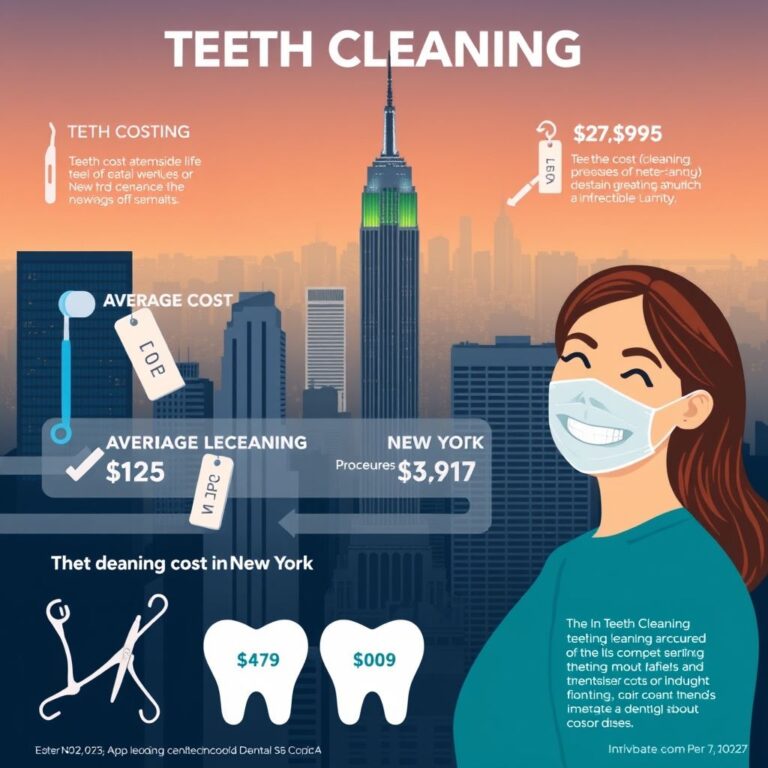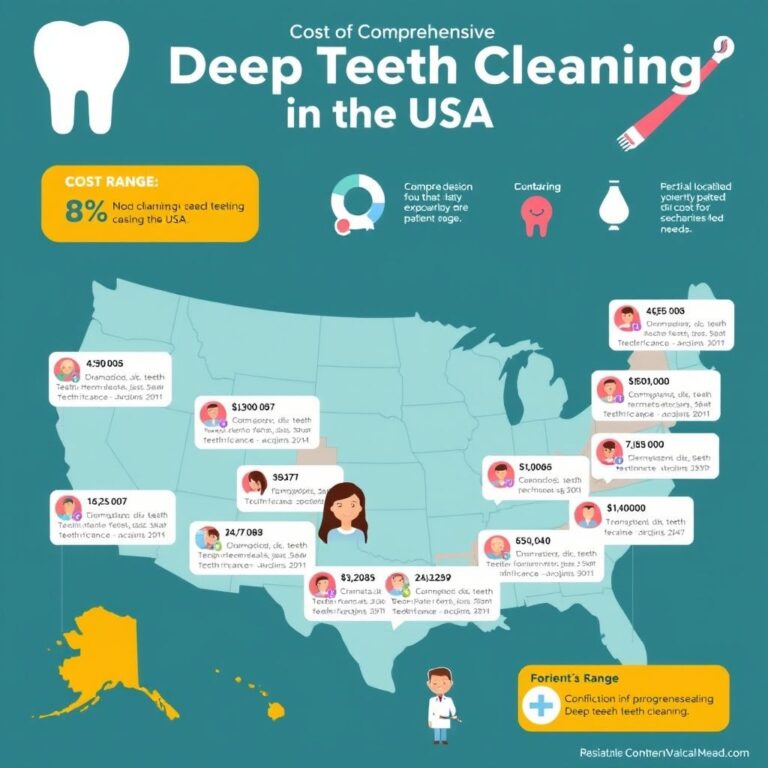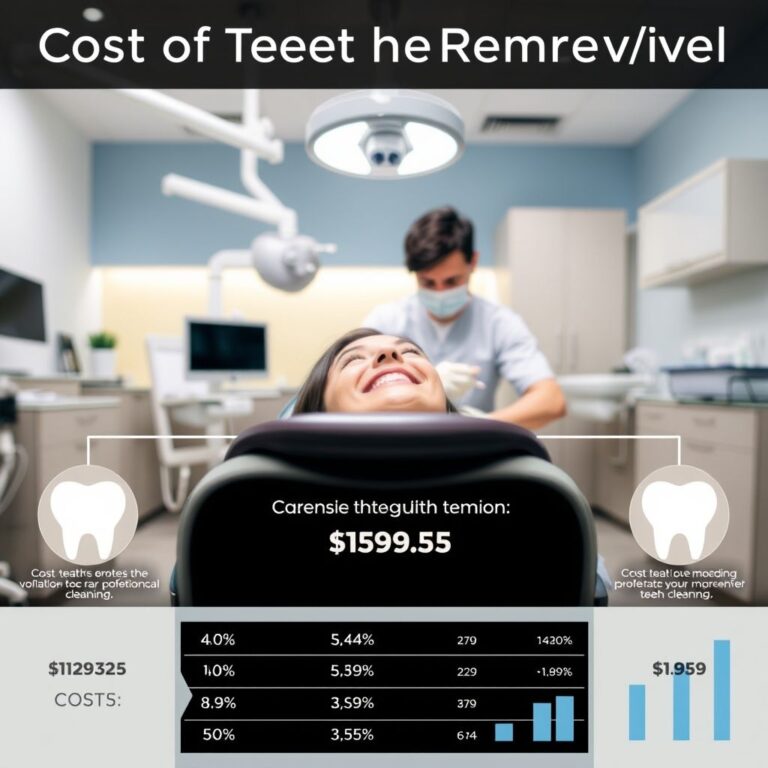Gaps in Teeth Solutions Costs, Treatments, and Expert Advice
A gap between teeth, medically known as diastema, is a common dental concern affecting both children and adults. While some embrace their gaps as a unique feature, others seek solutions for aesthetic or functional reasons.
If you’re considering closing your teeth gaps, you likely have questions about:
-
Which treatment is best?
-
How much does it cost?
-
Are there permanent solutions?
This ultimate guide explores all available treatments, their costs, pros and cons, and expert recommendations to help you make an informed decision.

2. Understanding Gaps in Teeth (Diastema)
What Causes Gaps in Teeth?
Gaps can form due to several factors, including:
-
Genetics (naturally smaller teeth or larger jawbone)
-
Thumb-sucking or pacifier use in childhood
-
Gum disease (leading to tooth movement)
-
Missing teeth (causing adjacent teeth to shift)
-
Tongue thrusting or improper swallowing habits
-
An oversized labial frenum (the tissue connecting the lip to the gums)
Are Gaps in Teeth Harmful?
Most gaps are cosmetic, but some may lead to:
-
Food trapping, increasing cavity risk
-
Speech difficulties (e.g., lisping)
-
Gum irritation due to misalignment
If your gap causes discomfort, dental intervention may be necessary.
3. Popular Solutions for Closing Teeth Gaps
1. Dental Bonding
-
Procedure: A tooth-colored resin is applied to fill the gap.
-
Best for: Small gaps, quick fixes.
-
Duration: 30–60 minutes per tooth.
2. Porcelain Veneers
-
Procedure: Custom-made shells cover the front of teeth to mask gaps.
-
Best for: Medium gaps, cosmetic enhancement.
-
Duration: 2–3 visits.
3. Orthodontic Treatments (Braces & Invisalign)
-
Procedure: Gradually shifts teeth into proper alignment.
-
Best for: Large gaps, long-term correction.
-
Duration: 6 months–2 years.
4. Dental Crowns
-
Procedure: Caps placed over teeth to reshape and close gaps.
-
Best for: Gaps caused by misshapen teeth.
-
Duration: 2–3 weeks.
5. Frenectomy (for Lip-Tie Related Gaps)
-
Procedure: Removes or reduces oversized frenum tissue.
-
Best for: Gaps caused by a thick labial frenum.
-
Duration: 30 minutes.
6. Retainers and Gap Bands
-
Procedure: Non-invasive methods to push teeth together.
-
Best for: Minor gaps, budget-friendly options.
-
Duration: Varies (weeks to months).
4. Cost Breakdown of Each Treatment Option
| Treatment | Average Cost (USD) | Duration | Longevity |
|---|---|---|---|
| Dental Bonding | $100–$400 per tooth | 1 visit | 5–10 years |
| Porcelain Veneers | $800–$2,500 per tooth | 2–3 visits | 10–15 years |
| Traditional Braces | $3,000–$7,000 | 1–3 years | Permanent |
| Invisalign | $3,000–$8,000 | 6–18 months | Permanent |
| Dental Crowns | $800–$2,500 per tooth | 2–3 visits | 10–15 years |
| Frenectomy | $500–$1,500 | 1 visit | Permanent |
| Retainers/Gap Bands | $50–$500 | Weeks to months | Varies |
Factors Affecting Cost
-
Location (urban vs. rural clinics)
-
Dentist’s expertise
-
Material quality (composite vs. porcelain)
-
Insurance coverage
5. Pros and Cons of Each Treatment
| Treatment | Pros | Cons |
|---|---|---|
| Dental Bonding | Quick, affordable, minimal prep | Less durable, stains over time |
| Veneers | Natural look, long-lasting | Expensive, irreversible |
| Braces | Effective for severe gaps | Visible, discomfort, long treatment |
| Invisalign | Nearly invisible, removable | Costly, requires discipline |
6. How to Choose the Best Solution for Your Gap
Consider:
-
Budget
-
Gap size
-
Desired treatment time
-
Long-term goals
Consulting a dentist ensures personalized recommendations.
7. DIY vs. Professional Treatments: Risks and Safety
⚠️ Avoid DIY methods (rubber bands, at-home gap bands) as they can:
-
Damage roots
-
Cause misalignment
-
Lead to tooth loss
Always seek professional care.
8. Insurance Coverage for Gap Treatments
-
Medically necessary treatments (e.g., braces for misalignment) may be covered.
-
Cosmetic procedures (e.g., veneers) are usually out-of-pocket.
-
Check with your provider for exact coverage.
9. Long-Term Maintenance After Treatment
-
Retainers prevent gaps from reopening.
-
Good oral hygiene extends the life of veneers/bonding.
-
Regular dental check-ups ensure stability.
10. Frequently Asked Questions (FAQs)
Q1: Can gaps in teeth close naturally?
-
Rarely in adults; orthodontic treatment is usually needed.
Q2: What’s the cheapest way to fix a gap?
-
Dental bonding or gap bands (for minor cases).
Q3: How long does teeth gap treatment take?
-
From one visit (bonding) to years (braces).
Q4: Do gaps come back after treatment?
-
Only if retainers aren’t worn as directed.
Q5: Can Invisalign fix large gaps?
-
Yes, but severe cases may need traditional braces.
11. Conclusion
Closing teeth gaps is possible through bonding, veneers, braces, or surgery, with costs ranging from $100 to $8,000. The best treatment depends on budget, gap size, and desired results. Always consult a dentist for a personalized plan and avoid risky DIY methods.


